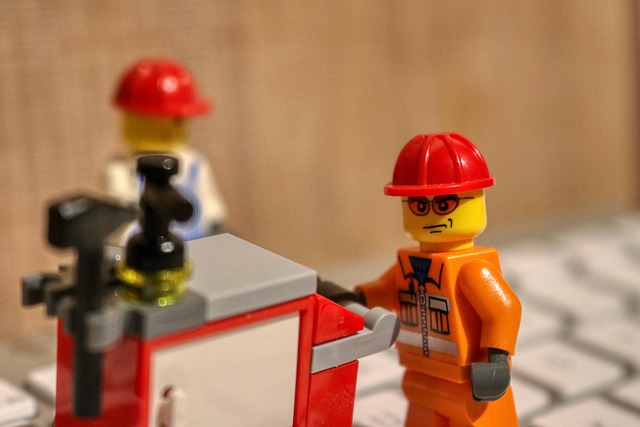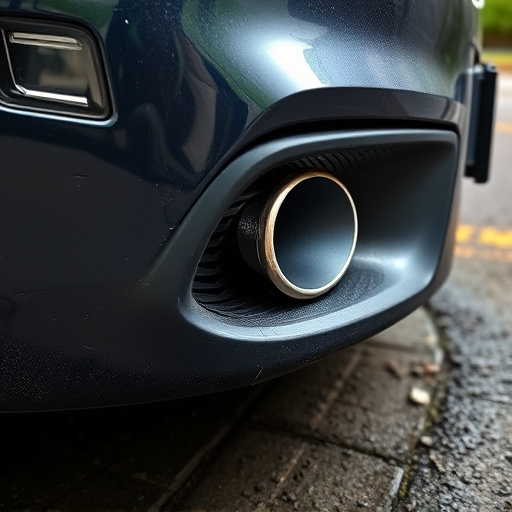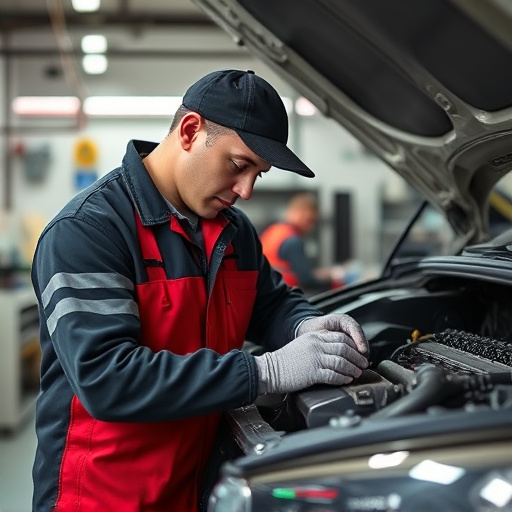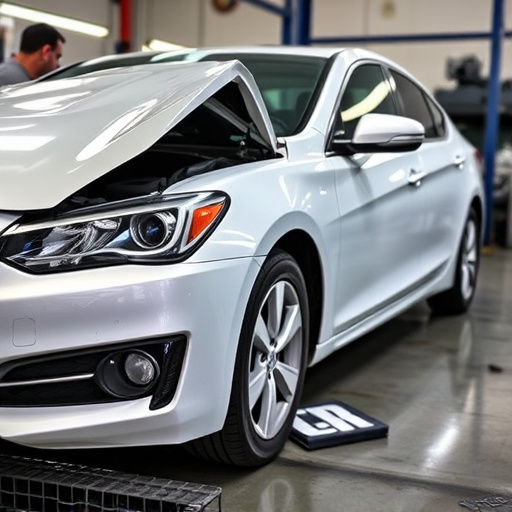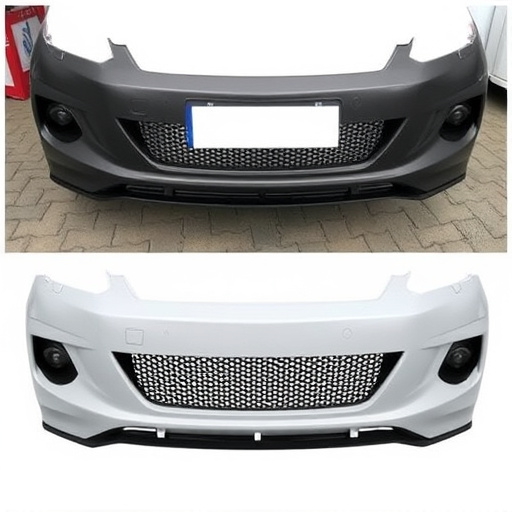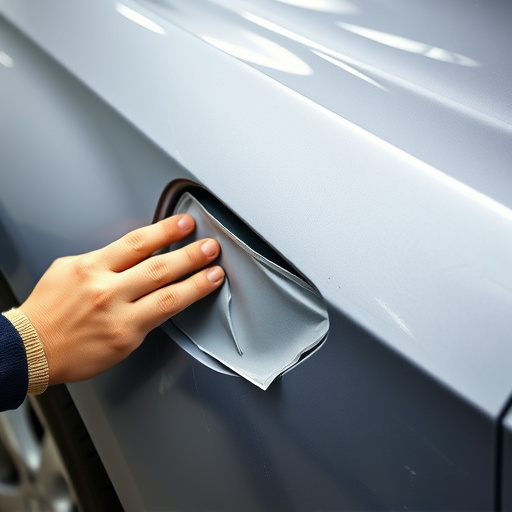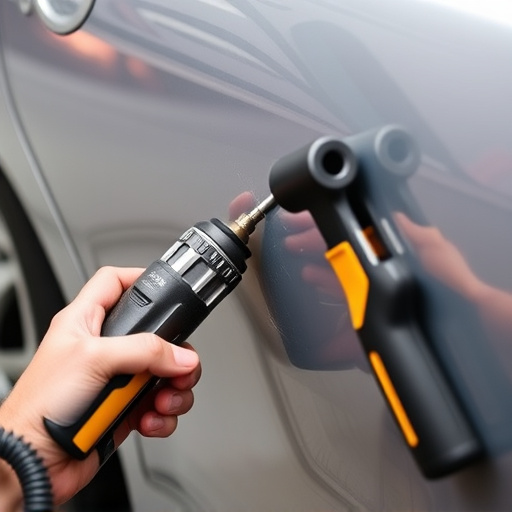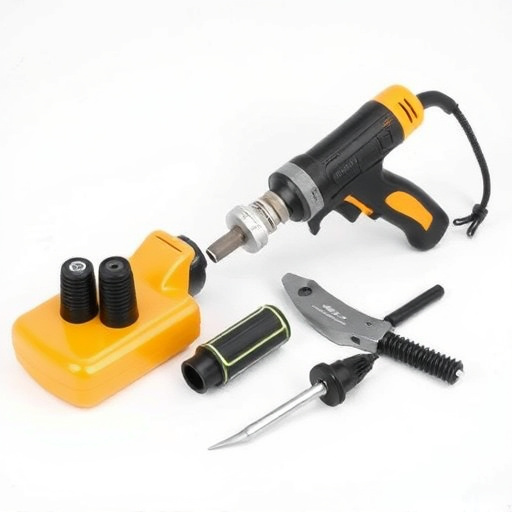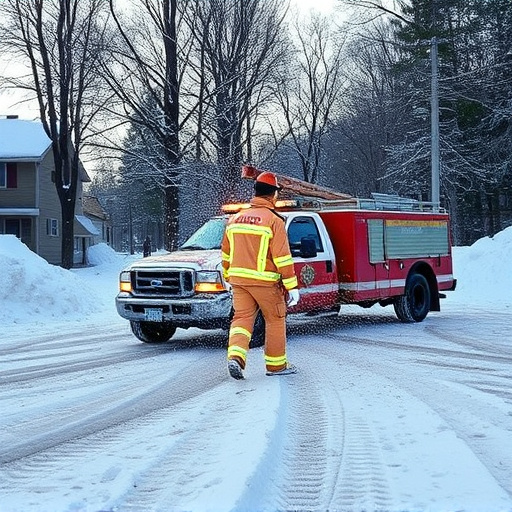Seam sealers, crucial across industries from automotive to construction, prevent leaks and moisture damage by bonding with surfaces. Traditional toxic options are replaced by eco-friendly, biodegradable green seam sealers gaining popularity for their reduced environmental impact. Auto repair shops adopt these green alternatives to meet safety standards, align with consumer expectations, and contribute to sustainability while ensuring product longevity through advanced sealing techniques and innovative future solutions.
Seam sealers play a vital role in maintaining environmental safety standards, offering critical protection against contamination and waste. This article delves into the essential functions of seam sealers, exploring their basic concepts and how they prevent leaks in various industries. We examine the environmental impact of traditional sealers and highlight green alternatives gaining traction. Additionally, we discuss best practices for integrating seam sealers into safety protocols and preview emerging trends shaping the future of this crucial technology.
- Understanding Seam Sealer: The Basic Concepts and Its Function
- Environmental Impact of Seam Sealers: A Closer Look at Green Alternatives
- Incorporating Seam Sealer into Safety Standards: Best Practices and Future Trends
Understanding Seam Sealer: The Basic Concepts and Its Function
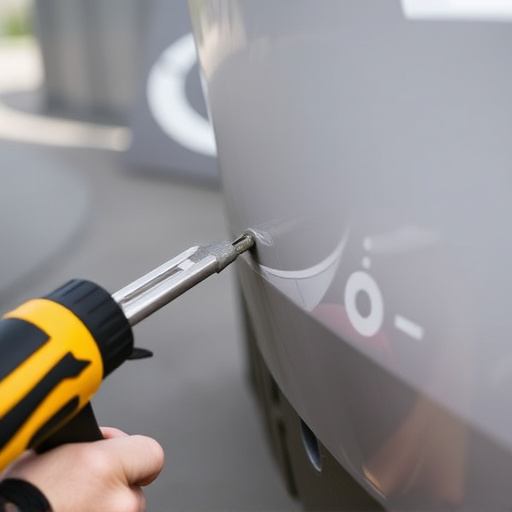
Seam sealers are specialized products designed to create a robust barrier between materials, preventing leaks and moisture intrusion. They are crucial in various industries, from automotive to construction, where sealing joints, seams, and gaps is essential for structural integrity and environmental protection. This sealer works by filling and bonding with the surface, forming a durable seal that can withstand harsh conditions.
In the context of environmental safety standards, understanding how seam sealers function is vital. For instance, in auto repair near me shops, these sealers play a significant role in frame straightening and car paint services. They ensure that once a vehicle’s structure is repaired, any gaps or cracks are sealed to prevent water penetration, which can cause rust and damage over time. This not only enhances the longevity of vehicles but also contributes to sustainable practices by reducing the need for frequent repairs and minimizing environmental impact.
Environmental Impact of Seam Sealers: A Closer Look at Green Alternatives

The environmental impact of seam sealers has become a significant concern in recent years as industries strive to meet stringent safety standards while minimizing ecological footprints. Traditional seam sealants often contain toxic chemicals and volatile organic compounds (VOCs), contributing to air pollution and posing potential risks to human health. These harmful substances can be especially problematic in enclosed spaces, such as auto body shops where auto glass repair and dent repair services are performed.
As a result, the demand for eco-friendly alternatives has been growing. Green seam sealers, formulated with biodegradable or renewable materials, offer a promising solution. These innovative products not only reduce environmental pollution but also ensure optimal performance in various applications, including automotive industries. By adopting green seam sealer options, auto body services can contribute to a safer and more sustainable future while meeting the evolving expectations of environmentally conscious consumers.
Incorporating Seam Sealer into Safety Standards: Best Practices and Future Trends
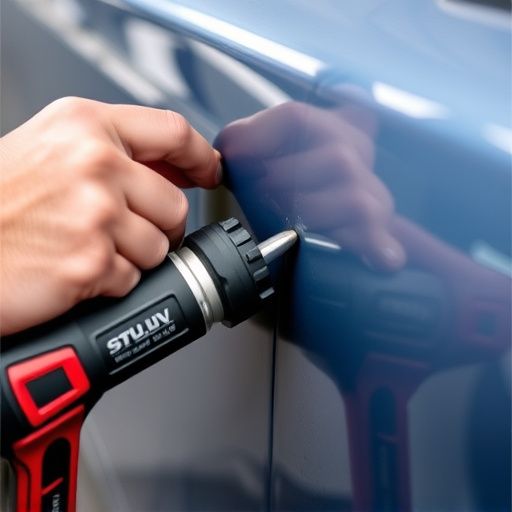
Incorporating seam sealer into environmental safety standards is a crucial step in ensuring the integrity and longevity of various products, particularly in industries like automotive. Best practices involve utilizing high-quality, eco-friendly sealants that meet stringent performance criteria while minimizing environmental impact. Auto collision centers and auto repair shops can play a pivotal role by adopting advanced seam sealing techniques, such as automated applications and precision-engineered materials, to enhance the structural integrity of repaired vehicles, including dent repair processes.
Future trends in seam sealer technology point towards innovative solutions that offer superior durability, enhanced adhesion, and reduced emissions. As the demand for sustainable practices continues to grow, manufacturers are exploring new formulations that can break down more readily or be recycled, contributing to a circular economy. These developments not only support environmental safety standards but also drive efficiency gains in auto repair shops by reducing material waste and enhancing overall product performance.
Seam sealers play a vital role in environmental safety standards, offering effective protection while mitigating potential ecological risks. By understanding the basic concepts and exploring green alternatives, industries can make informed choices that contribute to a more sustainable future. Incorporating best practices and embracing emerging trends ensure that seam sealers remain essential tools for environmental stewardship, enhancing both product quality and ecological preservation.

